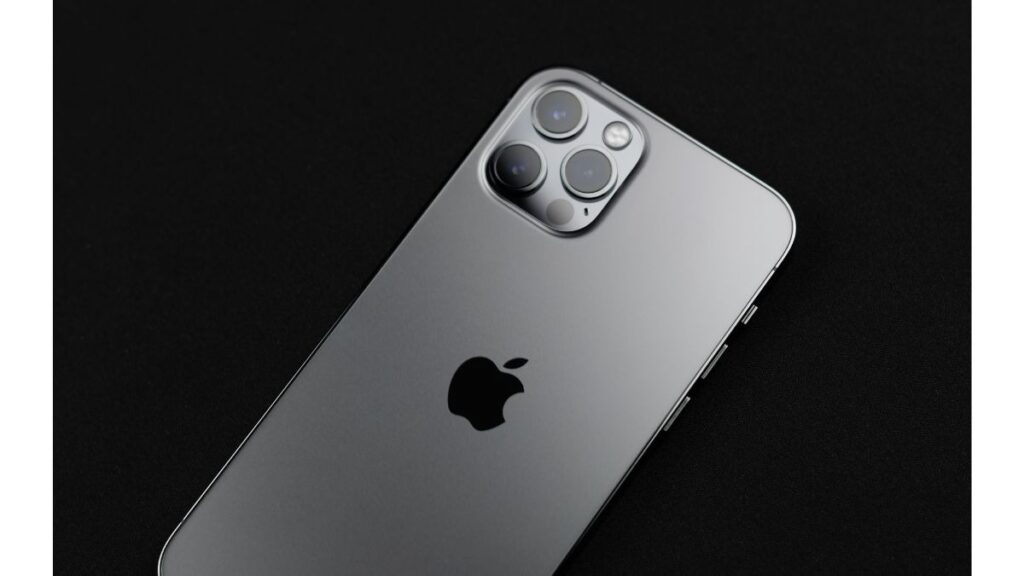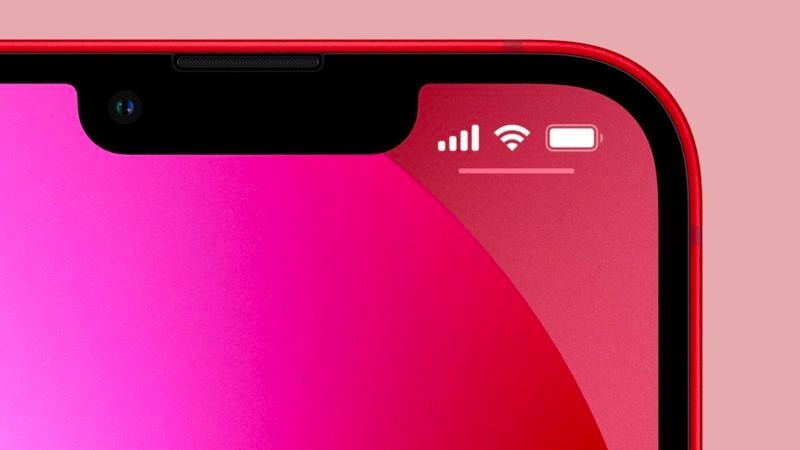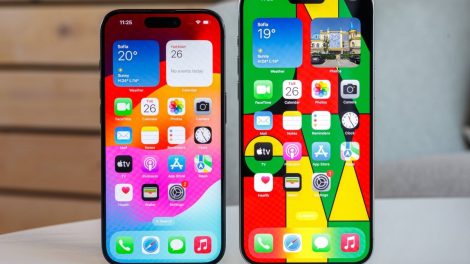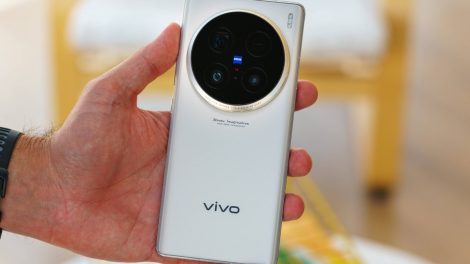When Apple unveiled its pioneering iPhone X in late 2017, reactions focused not on specifications but rather a conspicuous black “notch” housing the sophisticated front-facing camera and sensor array enabling Face ID unlocking.
Initially criticized by some as immersion breaking, Apple has tirelessly iterated to shrink the notch while retaining critical sensor capabilities. This continuous refinement culminates in the iPhone 14 Pro’s Dynamic Island – representing both design innovation and spotlighting unique iOS augmentation potential.
Let’s trace the evolutionary journey of Apple’s relentless notch experimentation, controversies and lessons that compelled its transformation into the Dynamic Island, and what this signals for the future of hardware-software experiential synergy.
Debuting the Divisive But Necessary Notch
When conceiving the iPhone X as the next era of smartphone capabilities, Apple’s engineering team faced inevitable space constraints housing critical front-facing hardware:
- Dot projector for dimensional facial mapping.
- Flood illuminator for infrared lighting.
- Proximity sensor for detecting user presence.
- Ambient light sensor for display brightness adjustments.
- Microphone for phone and video calling.
- Front facing camera for self-portraits plus FaceTime.
Rather than increase device size or compromise functionally, the notch allowed full sensor inclusion in a compact yet polarizing form factor.

Iterating to Refine Amidst Continued Criticism
Over successive iPhone generations, Apple continuously squeezed notch proportions to balance aesthetics and technical capabilities:
- iPhone X: Initial notch measured 5.85mm height.
- iPhone XS Max: Decreased to 4.96mm.
- iPhone 11 Pro: Shrank further to 3.78mm.
- iPhone 13: Current 6.06mm height but reduced width.
Naysayers persist clamoring for Apple to abandon the notch despite significantly minimizing intrusion while retaining identification security and imaging fidelity.
The Dynamic Island Emerges
Announced alongside the iPhone 14 Pro, the Dynamic Island evolves the fixed notch into an interactive, shapeshifting experience portal. Key capabilities include:
- Animated Alerts & Updates: Visual distinctions highlighting notification importance through color, motion and depth.
- Quick Interaction Access: Playback controls, wireless AirPods connectivity status and more enable glancing engagement.
- Ongoing Activity Monitoring: Call status, timer ticking, ridesharing arrival updates appear and morph in real time.
This showcase hints at deeper potential for hardware fused iOS interactions once third party app integration activates down the road.
Broader Smartphone Industry Perspectives
We sampled wider smartphone landscape observer takes on Apple’s Dynamic Island debut:
“A masterstroke turning previous ridicule into a canvas for functional beauty.”
– Joanna Stern, Wall Street Journal Personal Technology Columnist
“Its success will depend greatly on developer expansion beyond Apple’s default apps.”
– Sascha Segan, PCMag Lead Mobile Analyst
The consensus applauds the innovation pivot from aesthetic shortcoming to value adding differentiation ripe for ecosystem enhancement.
The Outlook for Hardware-Software User Experience Convergence
Stepping back, Apple’s notch journey underscores the reciprocal relationship between industrial design and unlocking simplified human technology interactions.
What other burdensome modern smartphone activities are ripe for this blended physical and digital reimagination? Share your vision in the comments below!










Add Comment